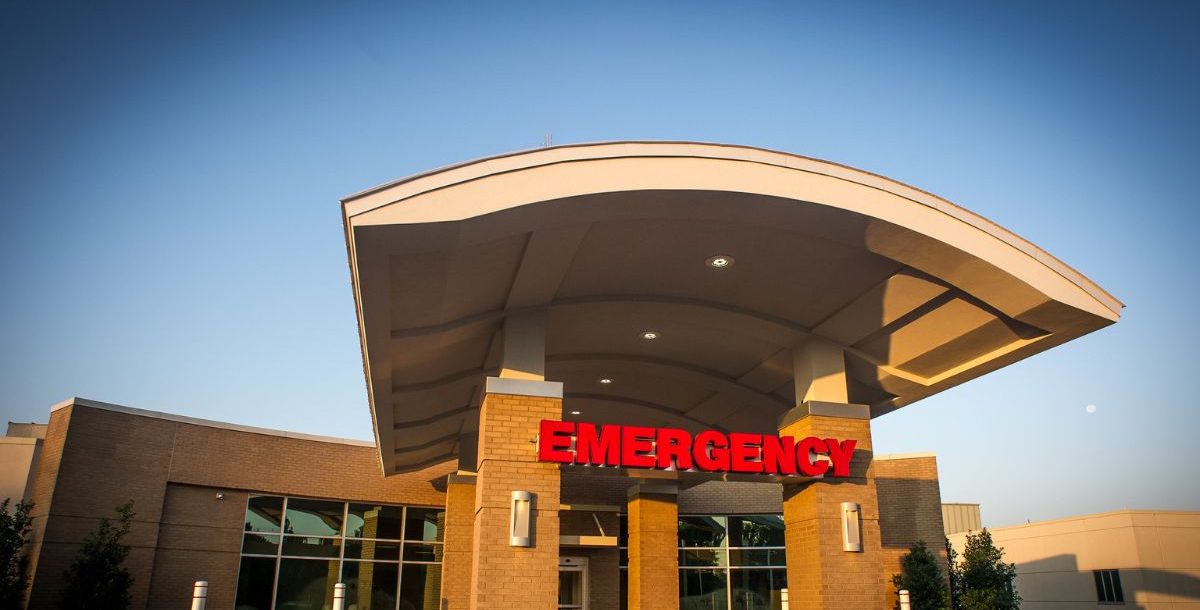When you’re feeling sick or hurt, it can be hard to decide where to go for help. Should I go to the emergency room or urgent care is a common question you may ask yourself that doesn’t always have an easy answer. The difference between urgent care and emergency room care can sometimes be a fine line that depends on a number of factors.
Understanding the difference between urgent care and emergency room care can save you money and possibly avoid medical complications. Be prepared and know where your nearest emergency department and urgent care or walk-in care center are for when you need to know.
Signs you need the emergency room
The emergency room (or emergency department) is meant for life-threatening and severe conditions. If you’re experiencing any of the following issues, don’t hesitate to call 911 or head to the nearest emergency room right away:
- Chest pains, especially if they come with sweating, nausea or pain in the arm or jaw
- Shortness of breath or difficulty breathing
- A serious head injury
- Loss of consciousness
- A suspected broken bone, especially if the bone is sticking out or the limb looks deformed
- A severe allergic reaction causing swelling, trouble breathing or hives all over your body
- Seizures or signs of a stroke (like slurred speech, numbness on one side or sudden confusion)
- Heavy bleeding that won’t stop
- Severe burns
- Sudden and severe abdominal pain
These situations are not the time to look for a walk-in clinic or wait for your primary care provider. You need immediate medical attention from trained emergency staff.
What about urgent care?
Not every illness or injury needs the emergency room. For things that need quick attention but aren’t life-threatening, an urgent care clinic or walk-in clinic can be the right choice. These places handle a wide range of problems, such as:
- Minor cuts that might need stitches
- Sprains or mild broken bones that aren’t visibly deformed
- Fevers, rashes or infections
- Persistent sore throats
- Mild asthma attacks
- Vomiting or diarrhea that’s not severe
If you’re unsure, some urgent care centers can help guide you on the phone to determine whether your situation is appropriate for their clinic. The benefit? Shorter wait times and usually lower costs than the ER.
Difference between urgent care and emergency room care
It helps to understand the difference between emergency care, urgent care and primary care. Here’s a quick breakdown:
- Emergency care: For critical or life-threatening conditions. Think of things that can’t wait – like chest pains, trouble breathing or a serious head injury.
- Urgent care: For illnesses or injuries that need medical care soon but aren’t emergencies. Think infections, minor fractures or flu symptoms.
- Primary care: Your long-term health care partner. This is where you go for checkups, chronic condition management and ongoing concerns.
Common scenarios
Let’s say you wake up in the middle of the night with chest pains. That’s an ER trip – don’t wait. But if you have a bad cough and a mild fever on a Saturday, an urgent care clinic is likely the best spot.
Or maybe you twisted your ankle. If you can walk on it and the pain isn’t too bad, try urgent care. However, if it’s swollen, purple and you heard a pop – the nearest emergency room is what you need to check for a broken bone.
And if you’re dealing with something scary like difficulty breathing, even if it seems mild, it’s always safer to err on the side of caution. Call 911 or go straight to the emergency department.
Plan ahead
The worst time to figure out where to go is during a crisis. Take a few minutes to look up the nearest emergency room and local urgent care clinic now. Save their contact info in your phone. If you have children or elderly family members, make sure everyone knows what symptoms require emergency help.
How we can help
Nobody wants to end up in the ER, but knowing when to go can make all the difference. From loss of consciousness to a severe allergic reaction, don’t second-guess the signs of a medical emergency. Know where your nearest emergency room is. For less critical issues, a nearby urgent care or your primary care doctor can usually help.
Learn about the emergency care and urgent care services we offer at Bon Secours.





